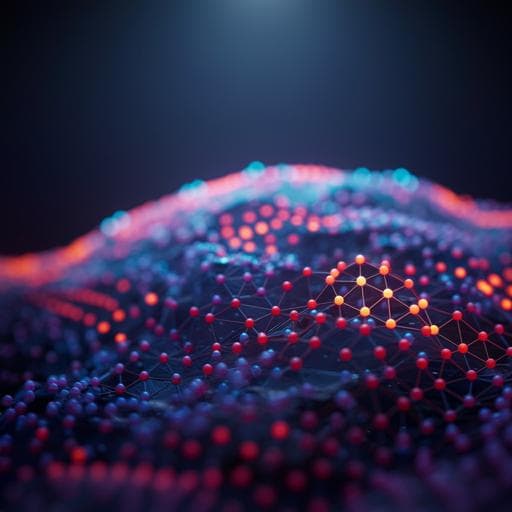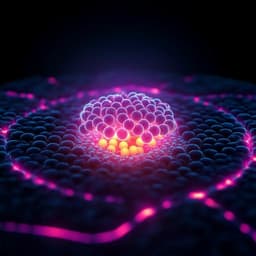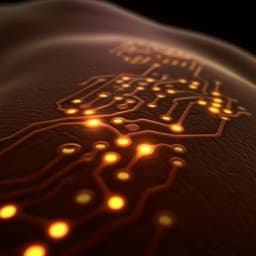
Engineering and Technology
Multi-parameter e-skin based on biomimetic mechanoreceptors and stress field sensing
C. Shang, Q. Xu, et al.
Discover the revolutionary modular multi-parameter electronic skin that mimics human skin's structure and sensory capabilities, developed by Chao Shang, Qunhui Xu, Nengmin Liang, Jianpeng Zhang, Lu Li, and Zhengchun Peng. This cutting-edge technology translates complex tactile information into three-dimensional force data with exceptional resolution, paving the way for versatile applications across various fields.
~3 min • Beginner • English
Related Publications
Explore these studies to deepen your understanding of the subject.







